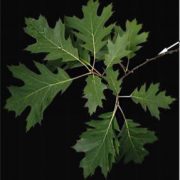
Injecting new life into a classic technique
Plant Physiology, Plant Physiology: News and Views, ResearchAuthor: Robert P. Skelton
Institution: Dept. of Integrative Biology, University of California Berkeley, Berkeley, 94720; CA
Commentary on Hochberg et al
A new technique for rapidly quantifying xylem vulnerability curves
In this volume of Plant Physiology, Hochberg et al. (2019) present a…

The SNARE SYP132 fine-tunes proton transporter levels at the plasma membrane during plant growth
Plant Physiology, Plant Physiology: News and Views, ResearchBy Lynn GL Richardson
The acid-growth theory was proposed over 40 years ago based on early observations that low apoplastic pH promotes growth in a pathway involving the plant hormone auxin (Rayle and Cleland, 1992; Hager, 2003; Arsuffi and Braybrook, 2018). Since this discovery, a clearer understanding…
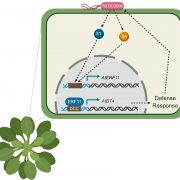
Found: Middle Men in the Hormone Joint Task Force
Plant Physiology, Plant Physiology: News and Views, ResearchBethany Huot, Michigan State University
Driving through the country on a lazy summer day with a nice gentle breeze, the lush fields of wheat, corn and soybean appear peaceful. What you cannot see is the quiet war plants are fighting against the insects and pathogens that have pulled up to a feast…
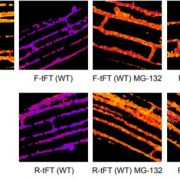
Timing is Everything: Tandem Fluorescent Timers Expand Our Understanding of Protein Longevity
Plant Physiology, Plant Physiology: News and Views, ResearchSignaling within and between cells is fast and dynamic. Such signals can involve the transport of charged ions that change membrane polarity or intercellular gradients, protein de/phosphorylation, protein interactions, and phytohormones, among others. The change in protein distribution in response to…
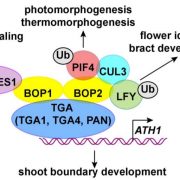
New interacting partners of BLADE-ON-PETIOLE in regulation of plant development
Plant Physiology, Plant Physiology: News and Views, ResearchOrgan boundaries are junctions that separate initiating lateral organs from the meristem or other plant parts. Cells at the boundary often exhibit slow growth rates and morphology distinct from that of the surrounding cells, and their development are controlled by complex gene networks. Lateral organ…
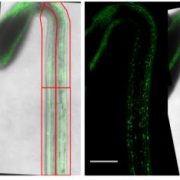
Light Triggers the Search for Light
Plant Physiology, Plant Physiology: News and Views, ResearchPlants rely on light for photosynthesis. As a consequence, plant growth is strongly shaped by light availability, to optimize photon absorbance in the green tissues. Seedlings that germinated underground grow quickly to escape from the darkness, while plants that are threatened to be overgrown by neighbors…

Do all roads lead to 2-phenylethanol in Populus?
Plant Physiology, Plant Physiology: News and Views, ResearchPlants emit scented volatile compounds to attract pollinators, or alternatively, as direct or indirect plant defense mechanisms. Direct defense involves compounds that are toxic, whereas an indirect defense uses volatiles to attract parasitoids of insect herbivores (Unsicker et al., 2009; Maag et al.,…
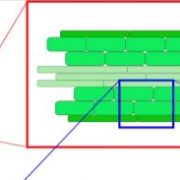
Why do leaves rise with the temperature?
Plant Physiology, Plant Physiology: News and Views, ResearchTropic movement in plants (movement in relation to a directional stimulus) has fascinated thinkers since ancient times (reviewed in Whippo and Hangarter, 2006). This interest has led us to a good molecular understanding of how for example, plants direct their shoots towards light and their roots towards…
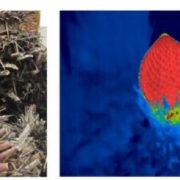
Turning up the heat: the alternative oxidase pathway drives thermogenesis in cycad cones
Plant Physiology, Plant Physiology: News and Views, ResearchKim L Johnson
La Trobe Institute for Agriculture & Food, Department of Animal, Plant and Soil Sciences, La Trobe University, Bundoora, Victoria 3086, Australia
Flowers are mostly associated with pleasant smells; the sweet fragrance of a rose, the exotic scent of jasmine, the fresh smell of…

